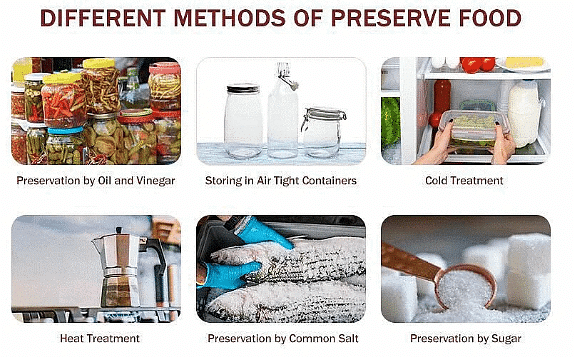Food & Digestion Chapter Notes | Science Olympiad Class 4 PDF Download
Introduction
When it comes to academic performance, many students express concerns about their progress. Oftentimes, this apprehension stems from a reliance on being spoon-fed information and expecting everything to be easily accessible. However, students preparing for the Science Olympiad realize that developing strong study habits is crucial. They also come to understand that the school curriculum may not cover as wide a range of topics as they initially expected. In this article, you will find valuable information about the National Science Olympiad and detailed notes on Science Chapter 3 For Class 4: Food and Digestive Health.
Digestion and Its Importance
Digestion is a complex process that transforms the food we eat into nutrients vital for energy, growth, and cell repair. It is also responsible for the elimination of waste. To understand digestion better, let's delve into the components of the digestive system.
The Digestive System
The digestive system comprises the gastrointestinal tract (also known as the GI tract or digestive tract), as well as the liver, pancreas, and gallbladder. The GI tract is a collection of hollow organs connected by a long, twisting tube that runs from the mouth to the anus. The organs within the GI tract include the mouth, esophagus, stomach, small intestine, large intestine, and anus. The liver, pancreas, and gallbladder are solid organs that play significant roles in digestion.
The Small Intestine and Large Intestine

The small intestine, divided into three sections—the duodenum, jejunum, and ileum—acts as a vital component of the digestive process. On the other hand, the large intestine consists of the appendix, cecum, colon, and rectum. The appendix is a finger-shaped pouch attached to the cecum, which is the first section of the small intestine. The colon follows, and the rectum is the terminal portion of the large intestine.
Functions of the Small Intestine
The small intestine performs crucial functions in digestion. It serves as a site where digestive juices from the inner wall of the small intestine, pancreas, and liver are mixed. Additionally, complete digestion of food takes place within the small intestine. The digested food is absorbed through the blood vessels on the small intestine wall and transported to all parts of the body.
The Role of the Mouth in Digestion
The digestion process initiates in the mouth. Here, teeth bite, chew, and break down food into smaller pieces. As chewing occurs, saliva, a digestive juice secreted by the salivary glands, mixes with the food. Saliva plays a role in converting the food's insoluble starch into soluble sugar, making it easier to digest.
Stomach and Digestive Process
The stomach, a hollow muscular bag, plays a crucial role in digestion. It churns the food and utilizes digestive juices to break down proteins into simpler forms.
The Small Intestine and Food Digestion
As the food progresses into the small intestine, digestive juices from the inner wall of the small intestine, pancreas, and liver aid in the process. It is within the small intestine that food digestion is completed.
Absorption and the Large Intestine
Following digestion, the small intestine absorbs the digested food through the blood vessels on its wall, facilitating its distribution to the entire body. The remaining undigested food enters the large intestine, where absorption of water occurs through blood vessels in the intestinal wall. Ultimately, the semi-solid waste is expelled through the anus.
Food Preservation

Food preservation involves treating food in such a way that its value is maintained over an extended period. There are various methods of food preservation, including boiling, canning, refrigeration, pickling, and drying.
|
52 videos|70 docs|53 tests
|
















